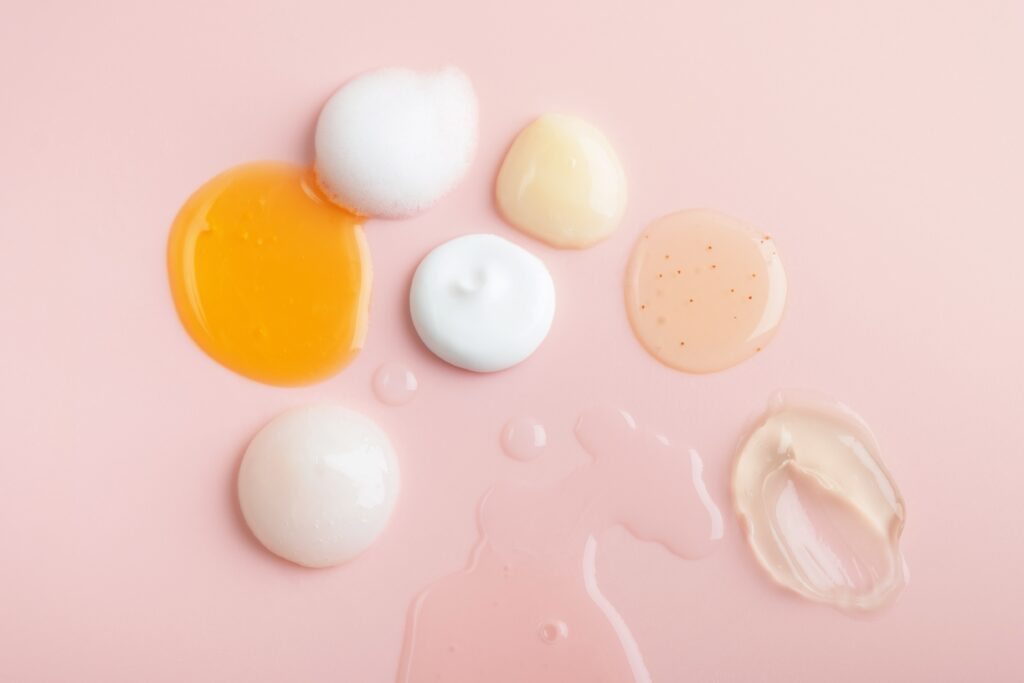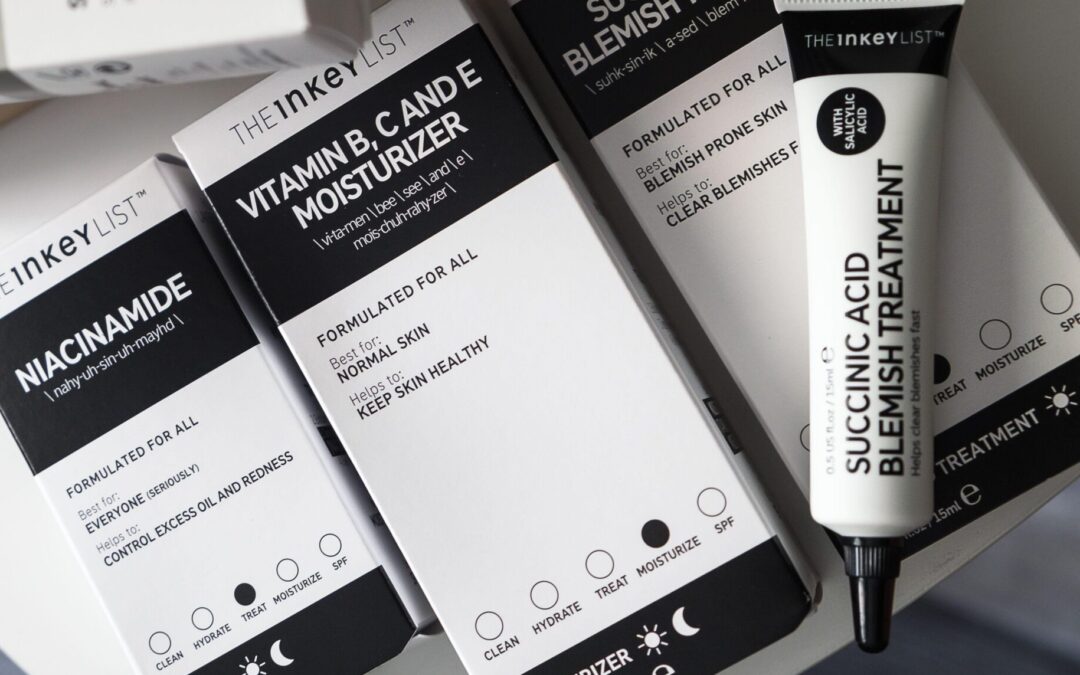Wash your face clean and right is the start of good skincare.
Ask anyone who has a tube of face wash, and they’ll probably tell you they use it every day, or maybe twice. Cleansing is one of the most regular steps of any skincare routine, but the problem is that despite being the most common, it’s also one of the most ignored and misunderstood.
As an everyday step, most people are not actually sure if they’re using the right kind of cleanser, using it the right way, or even choosing it for the right reason. Sometimes, they just follow the trend and choose the most popular product on the shelves. When things go wrong – dryness, tightness, breakouts, dullness – the cleanser rarely gets blamed, but maybe it should.
What Does a Cleanser Actually Do?
At its simplest, a cleanser removes things your skin doesn’t want to keep around, like dirt, sweat, oil, pollution, and the remains of your sunscreen and makeup. However, a good cleanser goes a step further – it does all of these mentioned above without stripping your skin of the natural oils and protective skin barrier it actually needs.
According to a study in Dermatologic Therapy, harsh cleansers can damage the skin barrier by stripping away essential lipids and proteins, then leading to irritation, dryness, and increased sensitivity over time. In other simple words, the tight, squeaky-clean feeling you might connect with “freshness”? It’s actually a sign your skin’s protective layer has been disrupted.
So Many Types—How Do You Even Choose?
Walk down the skincare aisle of any pharmacy, and options might make you feel overwhelmed. Creamy, foaming, gel, oil-based, exfoliating… Do they all work the same?

Not exactly, and here’s a small breakdown:
1. Foaming cleansers: These usually contain surfactants that create foam. They can be great for oily skin but often too drying for dry or sensitive types.
2. Gel cleansers: Lightweight and refreshing, ideal for combination and acne-prone skin. Look for ones with hydrating or soothing ingredients.
3. Cream or lotion cleansers: Thicker in texture, these are best for dry, mature, or sensitive skin types. They cleanse gently without disrupting the skin’s moisture levels.
4. Oil-based or balm cleansers: Oil attracts oil, and that’s the reason why making them surprisingly great at removing makeup and sunscreen. It’s an excellent first cleanse of the routine.
Besides, there’s another way to think about cleansers: what they do beyond just cleaning?
Some cleansers focus purely on basic cleansing—removing daily dirt, sweat, and light oil. Others are designed with extra functions. Some help control excess sebum and acne by including ingredients like tea tree oil or salicylic acid, while some hydrate and calm sensitive skin with ingredients like glycerin, oat extract, or ceramides. What’s more, others gently exfoliate or “renew” the surface with low-dose AHAs or enzymes.
That’s why your skin type and skin needs matter just as much as the texture. A foaming gel cleanser isn’t just a texture preference, but might also be targeting oil control. So when it comes to choosing your own, don’t just go by what looks good on the shelf. Ask what your skin actually needs.
How to Pick the Right One (Without Losing Your Mind)
Let’s start with your skin type, but go beyond the label.
Oily or acne-prone? Look for gel cleansers with gentle exfoliants like salicylic acid, but avoid anything too harsh or alcohol-heavy.
Dry or sensitive? Creamy, fragrance-free cleansers are your best choice. Ceramides, glycerin, and oat extract are all good for your skin type.
Combo skin? You might need to change between two different cleansers depending on the season or your skin’s mood.
No matter your skin type, fragrance-free, non-comedogenic, and pH-balanced are the safest bets when in doubt.
Common Cleanser Mistakes (That Are Totally Avoidable)
First of all, I believe a lot of us were taught that more foam = more clean, or that our skin should feel tight and almost rubbery after cleanser. Both are myths.
Using the wrong cleanser is one of the biggest mistakes people make. A teen with oily skin using a rich cream cleanser might end up feeling greasy and not enough for oil control. While someone with dry skin using a stripping foam might feel tight and irritated for hours.
Over-cleansing is another hidden problem, especially for oily skin types who feel the need to “clean away the oil” multiple times a day. The truth is that it often leads to your skin overcompensating by producing more oil, not less.
It may seem like the least exciting product in your skincare lineup, with no fancy ingredients and no perfect skin promises. Cleanser is the foundation everything else is built on. Skincare doesn’t have to be complicated, but it does need to be suitable for your own skin.
Source from: https://pubmed.ncbi.nlm.nih.gov/14728695/



